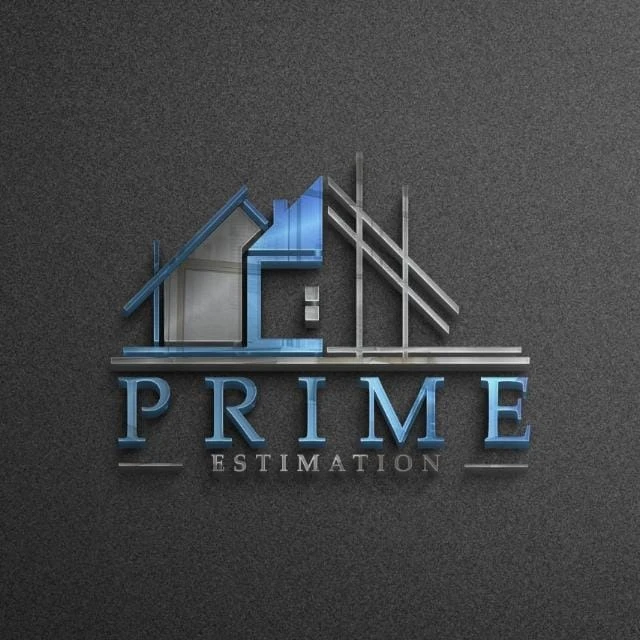In the world of construction, unanticipated costs are one of the biggest threats to a project’s success. Poor planning, overlooked details, and inaccurate budgets can lead to expensive change orders, disputes, and strained profit margins. For contractors and developers, the key to avoiding these pitfalls lies in accurate electrical estimating. Professional electrical estimation services provide the expertise and insight necessary to predict costs correctly and prevent unpleasant surprises once the project is underway.

The High Stakes of Electrical Systems in Construction
Electrical systems are among the most complex and costly components of modern buildings. They include:
- Power distribution networks
- Lighting and controls
- Fire alarm and security systems
- Data and communication cabling
- Emergency and backup power systems
Given their critical nature, even minor miscalculations can result in budget overruns, project delays, or compliance failures. That’s why relying on professional electrical estimators is not just advantageous — it’s essential.
1. Accurate Material Quantities and Current Pricing
Material prices in the electrical industry — especially copper, steel, and specialized equipment — fluctuate constantly. Overlooking current market conditions can lead to substantial cost gaps. Estimation services use:
- Up-to-date supplier quotes and databases
- Regional pricing intelligence
- Realistic waste and loss factors
By forecasting accurate material costs, they protect contractors from budget shortfalls caused by outdated or overly optimistic assumptions.
2. Realistic Labor Estimates
Labor represents a significant portion of electrical costs, and underestimating it can devastate profit margins. Professional estimators account for:
- Jobsite conditions (height, accessibility, confined spaces)
- Crew productivity based on experience and site constraints
- Union vs. non-union rates
- Overtime or shift premiums if the schedule demands it
By reflecting true labor requirements in the estimate, they prevent unpleasant surprises when actual productivity falls short of unrealistic expectations.
3. Comprehensive Scope Coverage
One of the most common sources of costly surprises is scope gaps — items or tasks that were not properly defined or accounted for in the budget. Electrical estimating services ensure

every part of the scope is covered by:
- Reviewing drawings and specifications in detail
- Identifying missing or conflicting information
- Breaking down the scope into granular, manageable line items
- Clarifying boundaries with other trades to avoid overlaps or omissions
This level of thoroughness leaves no room for costly oversights during execution.
4. Early Identification of Design Issues
Experienced electrical estimators can spot design flaws or impracticalities that might not become apparent until installation. They flag issues like:
- Insufficient space for panels or conduits
- Conflicts with structural or mechanical systems
- Noncompliance with code or safety standards
Catching these problems before construction starts allows the design team to adjust plans, saving time and money later on.
5. Planning for Equipment Lead Times
Some electrical components — such as switchgear, generators, and specialty lighting — have long manufacturing lead times. If these are not accounted for during the estimating and procurement phase, they can halt progress on-site. Estimators help by:
- Identifying long-lead items early
- Incorporating realistic delivery timelines into the schedule
- Suggesting viable alternatives when necessary
This foresight keeps the project moving forward and avoids costly downtime.
6. Incorporating Code Compliance and Testing Costs
Compliance with electrical codes, safety standards, and inspections can incur significant costs if not planned for. Estimating services ensure that all compliance-related expenses are included, such as:
- Grounding and bonding requirements
- Arc-flash and short-circuit analysis
- Third-party testing and commissioning
This prevents surprise costs related to code violations or rework after inspections.
7. Providing Contingency and Risk Mitigation Strategies
Professional estimators also help contractors build in realistic contingencies to account for unforeseen challenges. These may include:
- Market price fluctuations
- Weather delays
- Changes in owner requirements
By including appropriate allowances, contractors are better prepared to absorb unexpected costs without jeopardizing profitability.
Why DIY Estimating Isn’t Enough
Some contractors attempt to estimate in-house using outdated spreadsheets or guesswork. However, without access to market data, industry benchmarks, and specialized tools, these estimates are often incomplete or inaccurate. Electrical estimation services provide:
- Expertise in complex electrical systems
- Proven methodologies for accurate takeoffs
- Technology-driven insights and reporting
This professional approach significantly reduces the risk of unwelcome surprises during execution.
Conclusion:
Electrical estimating services enable contractors to move into the execution phase with confidence and clarity. By thoroughly analyzing plans, anticipating challenges, and providing realistic costs and schedules, they help contractors avoid costly surprises and deliver projects successfully — on time, within budget, and to the client’s satisfaction.
FAQs
1. Do electrical estimators work on partially designed projects?
Yes. They can help identify and fill in gaps even when designs are incomplete.
2. Can they assist with identifying value engineering opportunities?
Absolutely. Estimators can recommend cost-saving alternatives while maintaining functionality and compliance.
3. How often should estimates be updated during a project?
Ideally, estimates should be reviewed and updated at major milestones or whenever significant design changes occur.


